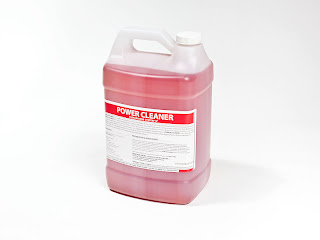You many have a strong desire to improve your home but may not be completely certain of how you want to improve it. Start with making a list of your needs. What is it about your home that is not working for you? What annoys you? Are some rooms too small for your growing family? Are you tired of the interior colors? Is there not enough natural light? Is there not enough storage capacity? Do you have a new hobby that requires a dedicated room? Are your floors worn and faded? Spend some time walking around your property and home, making a list of your problems, needs, and wants.
Take a brainstorming approach. Let your ideas flow and jot them down on paper. Don’t restrict your creative thinking at this point. Don’t censor, don’t edit. Keep your ideas flowing – often one idea will trigger another and another. Creative thinking is about getting as many different ideas down on paper in a short period of time. Later, you will review your ideas and determine which ones are practical and affordable.
Brainstorming combined with mindmapping is an excellent process for creating ideas. Some scientists feel that mindmapping represents the natural way our minds think. We can impede the creative process if we worry too much about organizing our thoughts in the early stage of brainstorming. Mindmapping is a great way to get ideas down on paper in a free form that provides a picture that is easy to organize at a later stage. There are a number of good web sites devoted to teaching the mindmapping process.
Another approach to creative thinking is what I call “thinking backwards.” Imagine your dream home if money was no object. What would it look like? Create a picture with details of this dream home. Sketch it out on paper if you like. What are the major features? Now, step back and look at your current home. What remodeling could be done to transform it into something resembling your dream home? What projects would enable you to create something similar to the main features of your dream home?
Look for classes and workshops in your area on remodeling, interior design etc. You may also find classes online. Listen and view presentations from others to get ideas.
Look at pictures in home and garden magazines. Cut out photos that you like. Visit home design and remodeling stores for inspiration.
Start keeping a notebook with you as you go about your daily activities. When your mind is open to ideas, they can pop into your head at any time. Ideas may come to you when you are looking at a display in a store. Something a friend or coworker says might trigger an idea. Jot ideas down in your notebook as soon as you can so you won’t forget them.
Nest: Prioritizing your idea list.












